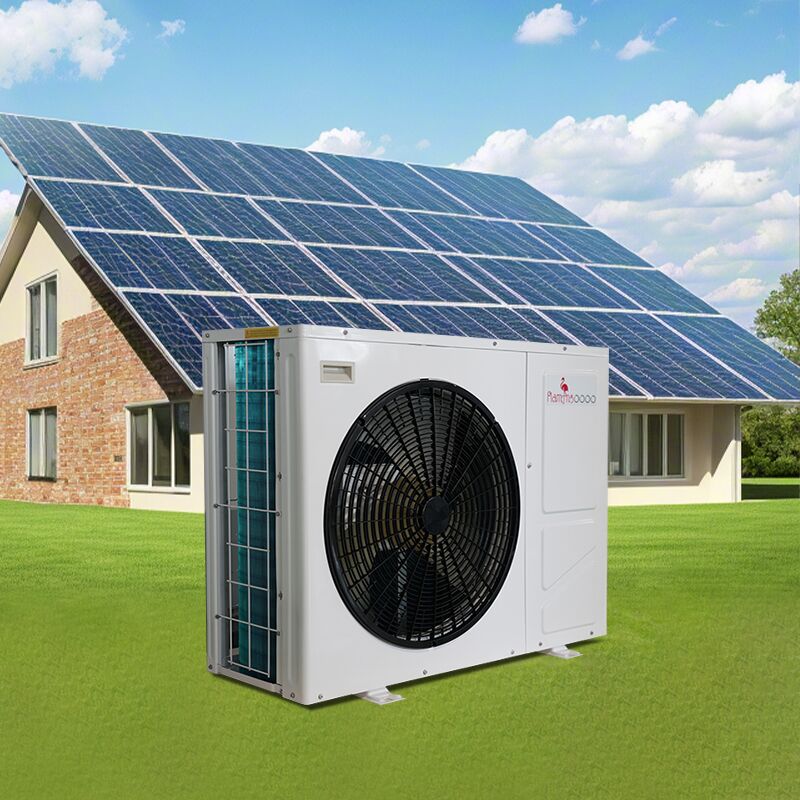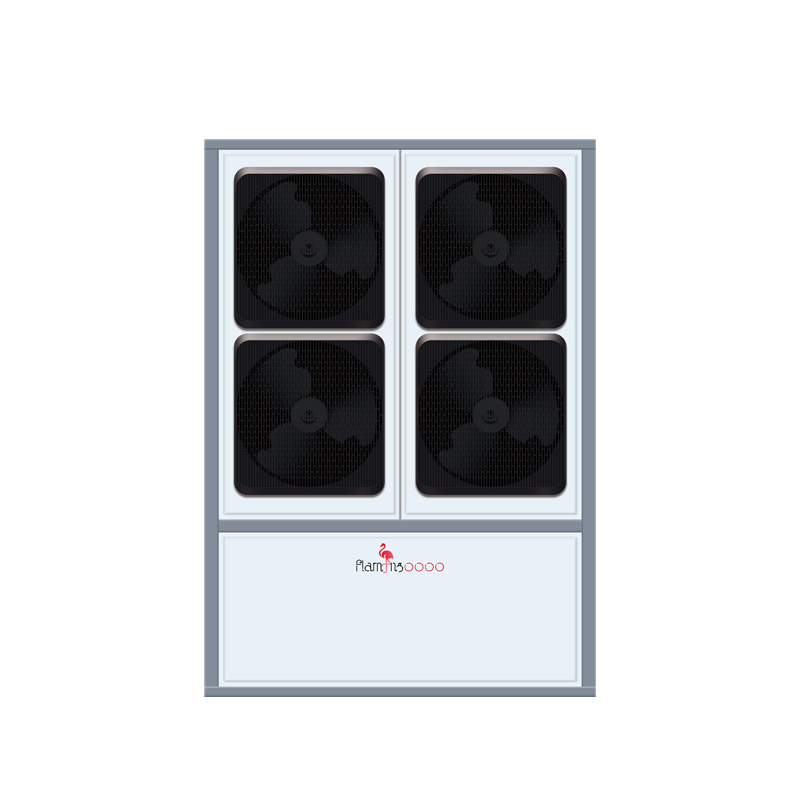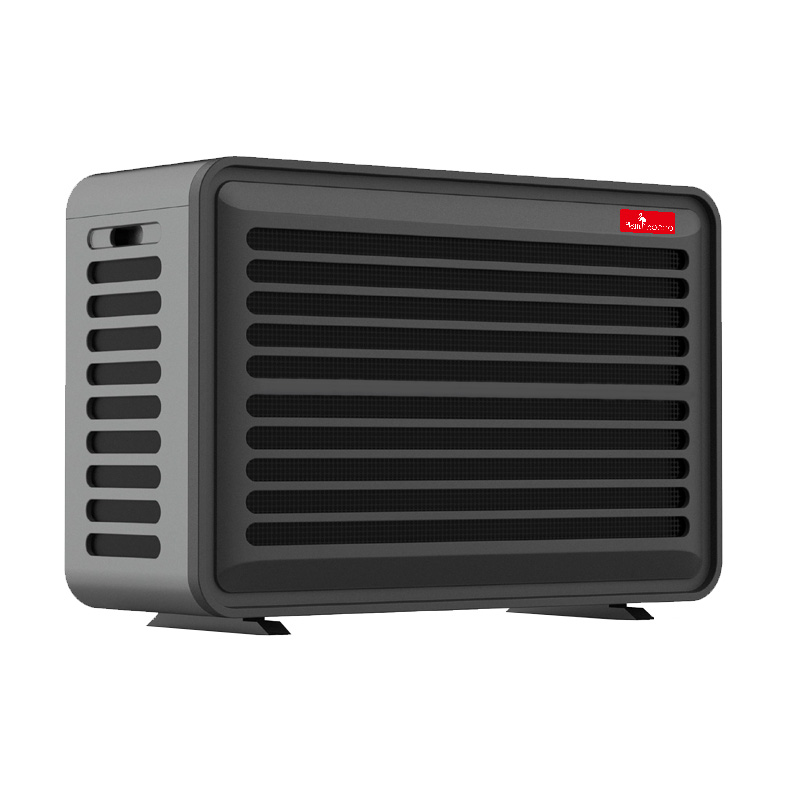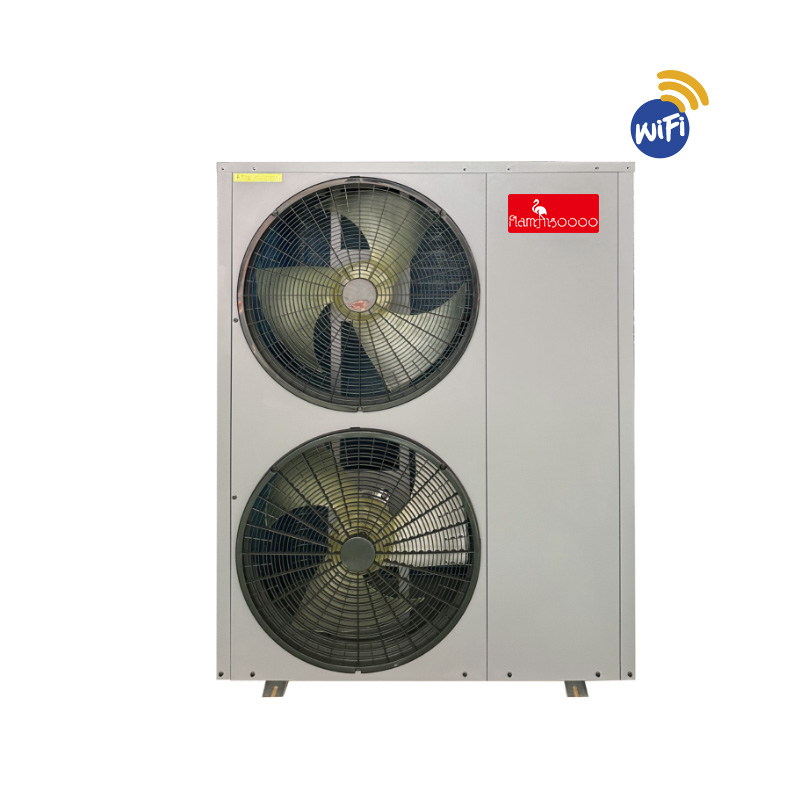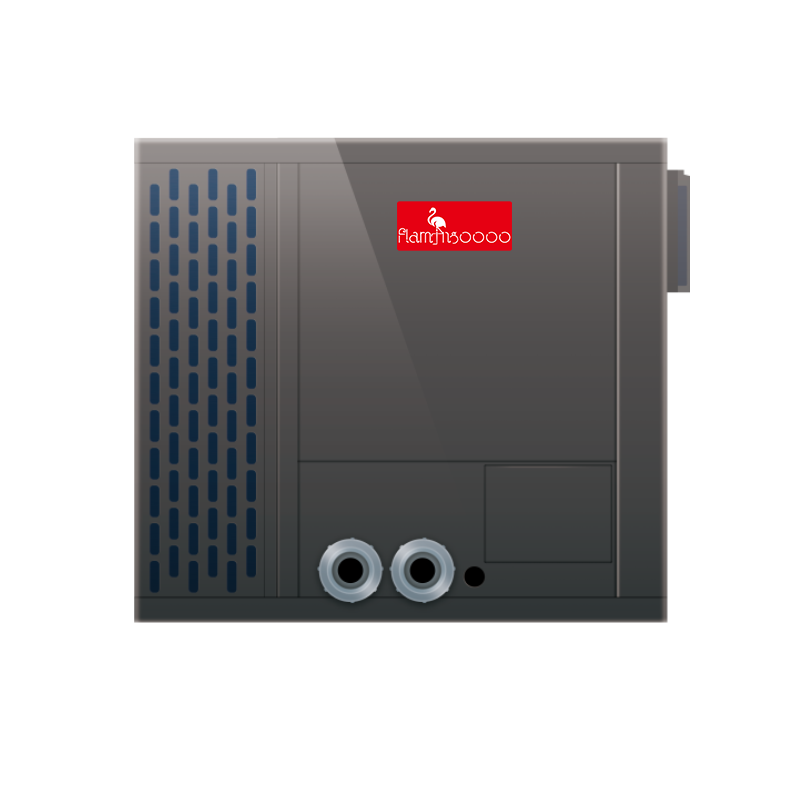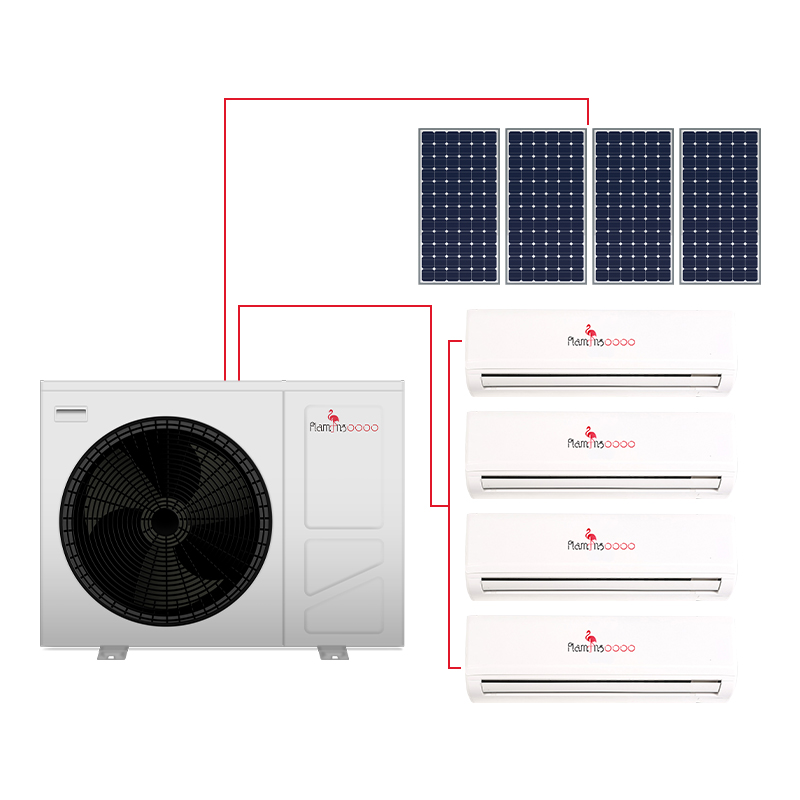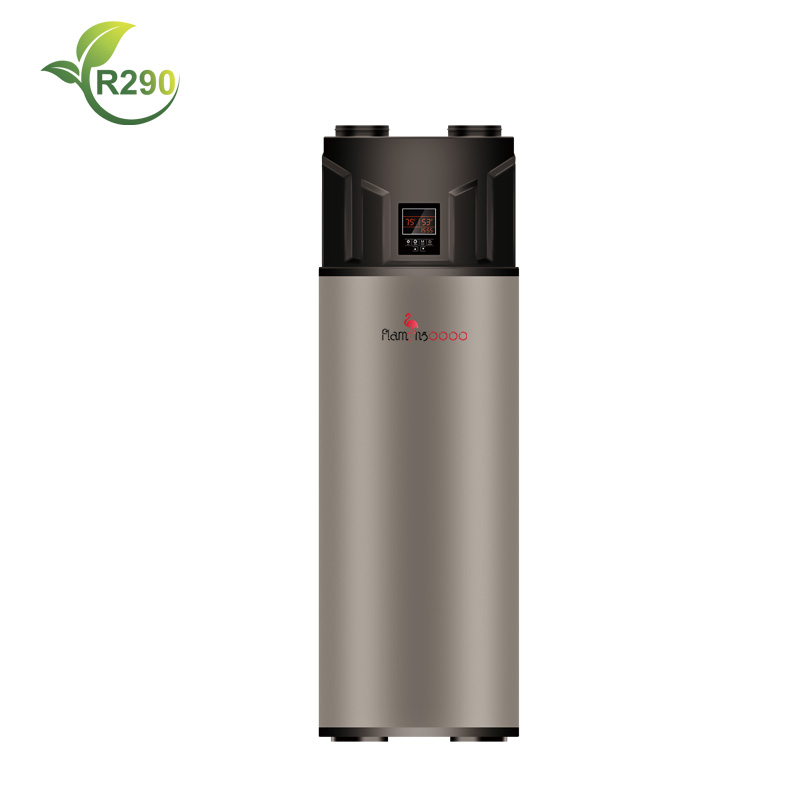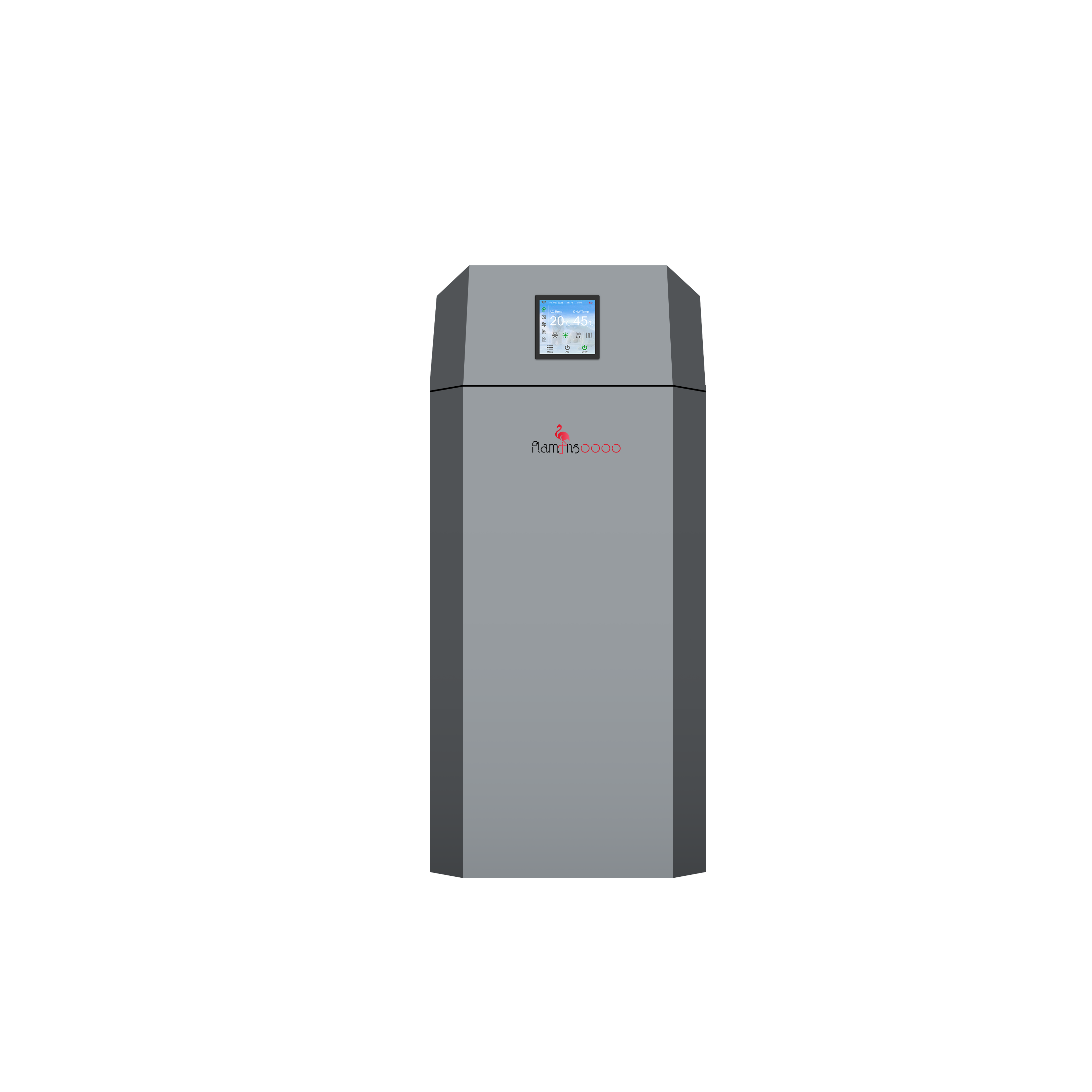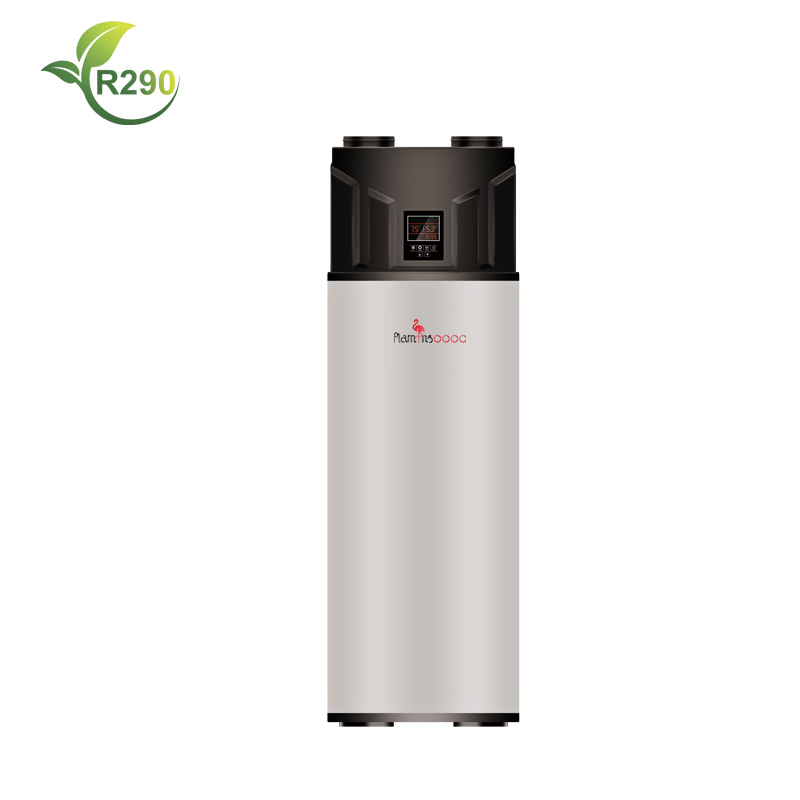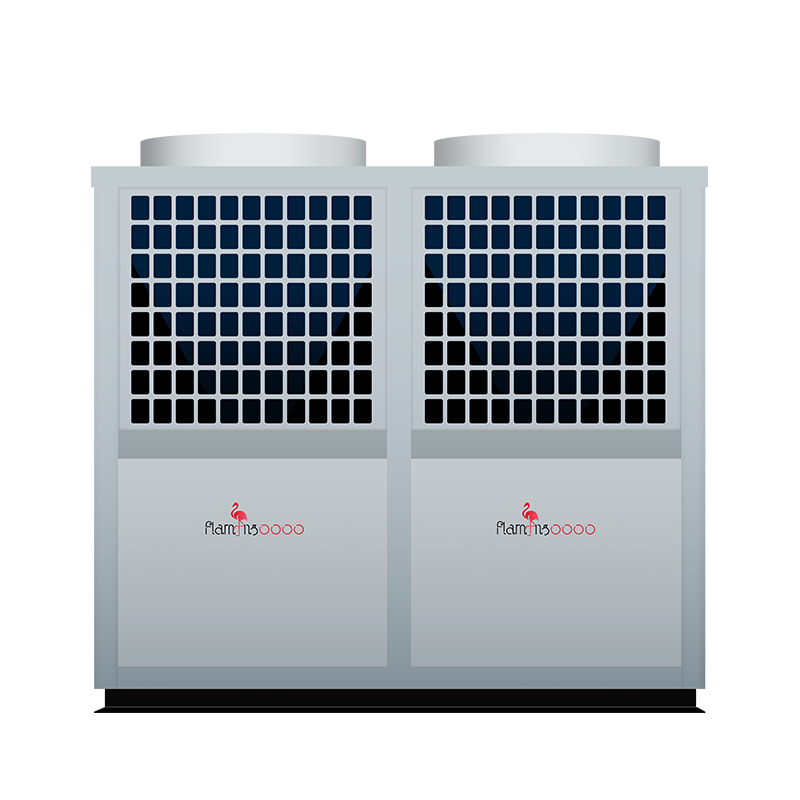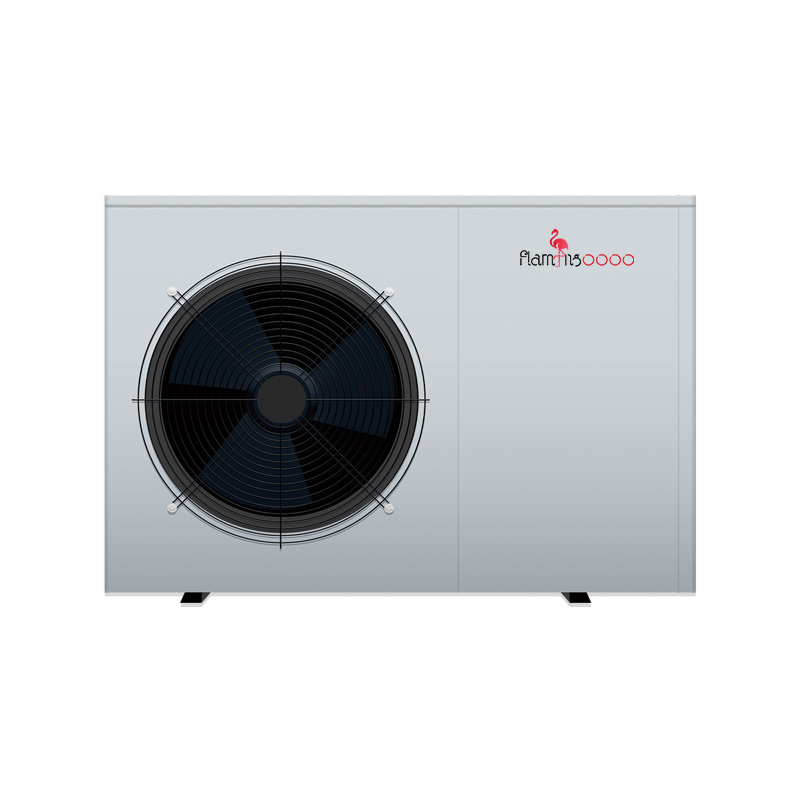As sustainable energy solutions gain traction, photovoltaic (PV) heat pump systems have emerged as a groundbreaking technology that combines solar energy with efficient heating and cooling. But what infrastructure is needed to install and operate such a system effectively? This article explores the key requirements and highlights why Flamingo’s photovoltaic heat pump systems are a leading choice for environmentally conscious homeowners and businesses.
Core Components of a Photovoltaic Heat Pump System
Photovoltaic Panels
PV panels are the heart of the system, capturing solar energy and converting it into electricity. For optimal performance, a location with adequate sunlight and minimal shading is essential. Installing the panels on rooftops or open spaces ensures maximum energy generation.Inverter Technology
An inverter is required to convert the direct current (DC) electricity produced by PV panels into alternating current (AC), which is compatible with household appliances and the heat pump system. Flamingo heat pumps use advanced inverters for seamless energy conversion, ensuring maximum efficiency.Heat Pump Unit
The heat pump is the central component that uses the electricity generated by the PV system to provide heating, cooling, or hot water. Flamingo’s photovoltaic heat pump systems are equipped with DC variable frequency compressors and intelligent controllers, making them highly efficient and adaptable.Battery Storage (Optional)
While not mandatory, battery storage systems allow users to store excess solar energy for use during nighttime or cloudy days. This addition enhances energy independence and ensures uninterrupted operation. Flamingo systems are compatible with most leading battery technologies, offering flexibility to users.Control System
A smart control panel or app enables users to monitor and manage the system’s performance. Flamingo’s multi-language control panels provide real-time data and easy customization to meet specific needs.Piping and Ductwork
Properly designed piping and ductwork are essential for the efficient transfer of heat or cool air. Professional installation ensures minimal energy loss and optimal system performance.Electrical Connection
The system requires a stable electrical connection to integrate the PV system, heat pump, and battery (if applicable). Professional electricians ensure compliance with local regulations and safety standards.
Why Choose Flamingo Photovoltaic Heat Pump Systems?
Flamingo’s photovoltaic heat pump systems stand out due to their superior design and innovative features:
Efficiency in Any Climate: Equipped with cutting-edge technology, Flamingo systems operate effectively even in extreme temperatures, ensuring year-round comfort.
Cost Savings: By utilizing solar energy, users can significantly reduce their reliance on grid electricity, leading to substantial savings on energy bills.
Eco-Friendly: Flamingo systems use environmentally friendly refrigerants and minimize carbon emissions, aligning with global sustainability goals.
Integrated Solutions: With features like a built-in 5L expansion tank, 3kW electric heater, and SWEP plate heat exchangers, Flamingo systems deliver unmatched performance and convenience.
Infrastructure Planning Tips
Assess Sunlight Availability: Ensure the site receives adequate sunlight for optimal PV panel performance.
Professional Installation: Work with certified installers for precise system integration.
Energy Needs Assessment: Evaluate your heating, cooling, and hot water requirements to select the right system size.
Future Scalability: Consider the possibility of expanding your PV array or adding batteries as your energy needs grow.
Conclusion
Investing in a photovoltaic heat pump system is not just a step towards sustainable living; it’s a smart financial decision. Flamingo’s advanced systems offer reliable, eco-friendly, and cost-effective solutions, making them the preferred choice for households and businesses worldwide.
